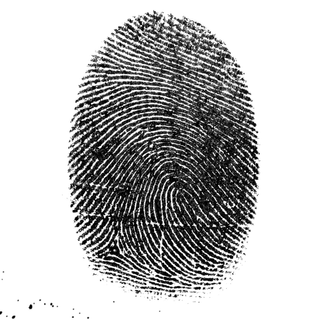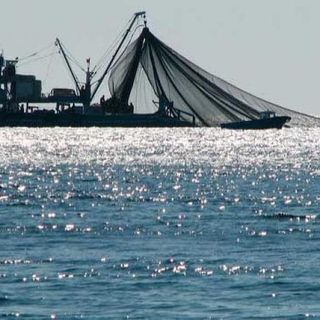Lebanon’s catastrophic explosion from 2020 was so violent that it shook the Earth’s ionosphere — the atmospheric layer responsible for communication and navigation systems across the world — by creating electrical disturbances in it, scientists have found.
On August 4 last year, an explosion rocked Lebanon’s port city of Beirut, killing more than 200 people, injuring 5,000 people, and rendering 300,000 people homeless; this was in addition to leaving behind a 460-feet depression on the surface that quickly flooded with seawater.
The explosion, touted as one of the biggest non-nuclear blasts in history, was triggered by a fire that spread to a warehouse, where 2,750 tons of highly explosive ammonium nitrate was being stored without adequate protection, according to reports. In the aftermath of the explosion, Lebanon’s government resigned as public outrage grew over official negligence and corruption that enabled a massive blast such as this.
“We found that the blast generated a wave that traveled in the ionosphere in a southwards direction at a velocity of around 0.8 kilometers per second,” Kosuke Heki, Ph.D., from the department of earth and planetary science at Hokkaido University, said in a statement. This is similar to the speed at which sound travels through the ionosphere, he explained.
Related on The Swaddle:
A 165‑Foot‑Deep Crater Burst Open In Siberia’s Arctic Tundra
The ionosphere is a part of the Earth’s upper atmosphere that carries a high concentration of ions and electrons, and acts as a border between space and our planet. Located 50-400 miles above Earth’s surface, the ionosphere is home to several man-made satellites — meaning any disruptions to it, such as this one, can impact global communications and navigation systems.
In fact, the study noted that the amplitude of disturbance caused to the ionosphere by the blast was “comparable to recently recorded volcanic explosions in the Japanese Islands.” It is no wonder the shock of Beirut blast was picked up by sensors and seismic stations, as far away as Tunisia and Germany.
To assess the impact of the blast on the ionosphere, the researchers measured variations in microwave transmissions sent by the Global Navigation Satellite System (GNSS) — a ‘constellation of satellites.’ By calculating changes in electron-distribution, the researchers were able to detect the presence of acoustic waves through the gases in the atmosphere. This has implications for the future too: maintaining a database of acoustic signatures detectable by the GNSS can enable authorities to keep an ear out for weapons-testing carried out by rogue states, the researchers believe.
Published in Nature’s Scientific Reports, the study was jointly conducted by researchers from the National Institute of Technology in Rourkela, India, and from Hokkaido University in Japan.




